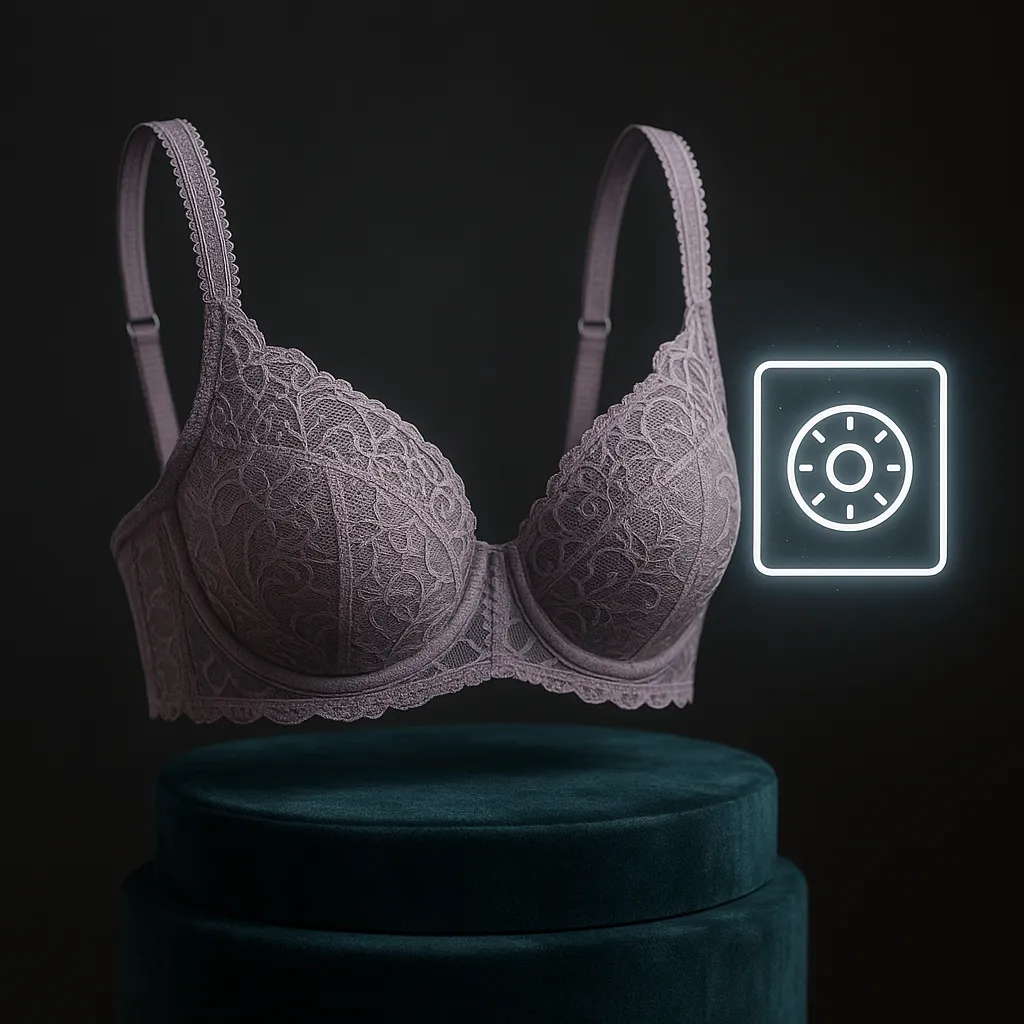
Bra Histories: Stories Behind the Lace
Introduction: The Hidden Stories of Lace
Lace has long been associated with elegance, femininity, and allure—but beyond its delicate patterns, it carries stories. Each piece of lingerie is more than a garment: it reflects fashion trends, cultural shifts, and the personal experiences of the wearer. In this post, we explore the history of the bra, the artistry of lace, and the narratives woven into these intimate garments.
From Corsets to Bras: A Historical Journey
The transition from corsets to bras was more than a change in style; it marked a revolution in comfort, mobility, and self-expression for women. From the stiff, body-shaping corsets of the 16th century to the modern lace bralette, each evolution tells a story.
The shift from corsets to bras brought new comfort, mobility, and freedom, especially as lace allowed garments to remain beautiful while more wearable.

Key Milestones:
- 16th Century: Corsets appear in Spain and Italy, shaping the body to meet the era’s aesthetic ideals.
- 1889: Herminie Cadolle splits the corset into two parts, laying the foundation for the modern bra.
- 1914: Mary Phelps Jacob patents the backless brassiere, offering women a freer silhouette.
- 1920s: Ida Rosenthal introduces cup sizing, giving bras standardized fit and greater comfort.
- 1930s: Seamless bras emerge, creating smoother lines under clothing.
- 1960s: The Wonderbra makes a statement with push-up designs and bold shapes.
- 1970s: The sports bra is invented, combining function with freedom for active women.
These milestones reflect not just fashion innovation but a broader cultural shift toward comfort, choice, and self-expression.
In the 16th century, lace was a marker of wealth and social standing, with elaborate designs signifying prestige.
The Role of Lace in Lingerie
While bras evolved functionally, lace elevated them aesthetically. Lace transformed lingerie into items of beauty and personal expression, turning everyday undergarments into works of art.
Types of Lace:
- Chantilly Lace: Known for its fine mesh and intricate floral patterns, this French lace exudes elegance.
- Bobbin Lace: Created by weaving threads on bobbins, it became a popular decorative element in lingerie design.
Lace bridged the gap between functionality and artistry, making bras a canvas for craftsmanship and style.
Iconic Lace Bras Through the Decades
Certain lace bras have become cultural icons, representing the aesthetics and values of their era:
- 1950s Bullet Bras: Conical shapes with lace overlays defined the era’s silhouette.
- 1960s Lace Bralettes: A shift toward softer lines and delicate patterns reflected changing attitudes toward comfort and femininity.
- Modern Lace Bralettes: Contemporary designs balance intricate artistry with wearable comfort, appealing to a wide range of tastes.
Personal Stories Woven into Lace
Each lace bra carries unique stories—from milestone events to quiet everyday moments—making them far more than mere garments.
Every bra has a story. From the lace bra first worn on a special night to an everyday favorite, each piece carries memories and milestones. Lace, in particular, has a way of embedding these experiences, turning garments into personal artifacts.
Conclusion: Embracing the Legacy
Recognizing the historical and personal significance of lace bras deepens our appreciation of them. They are not merely clothing—they are expressions of identity, artistry, and memory. The next time you hold a lace bra, consider the decades of history and the personal stories it represents.
Create your Bratags account and come along for the ride—30 stories, one for each day.
- List your bras Signup Now
- Join our mailing list
- Pitch us your data questions or ideas [email protected]



















































